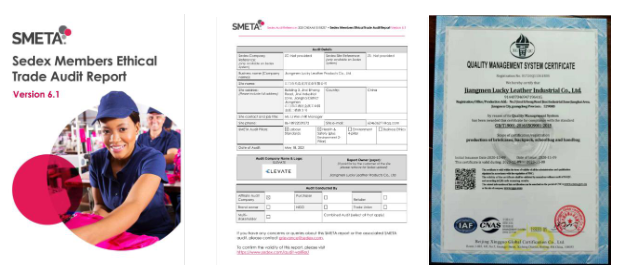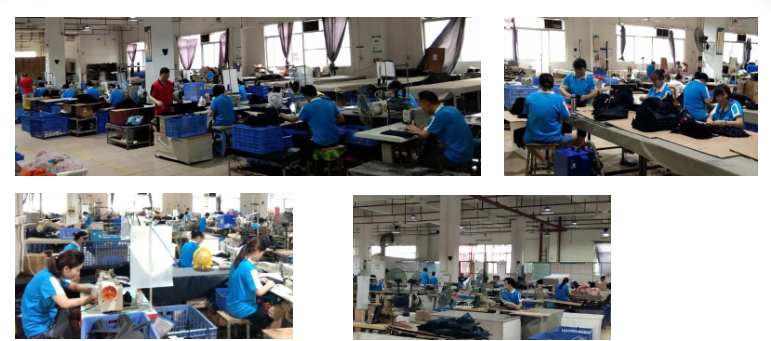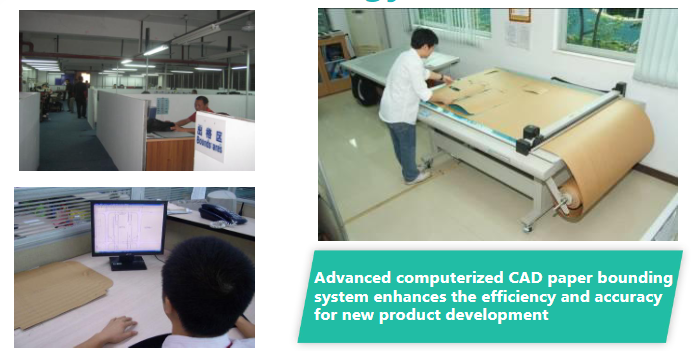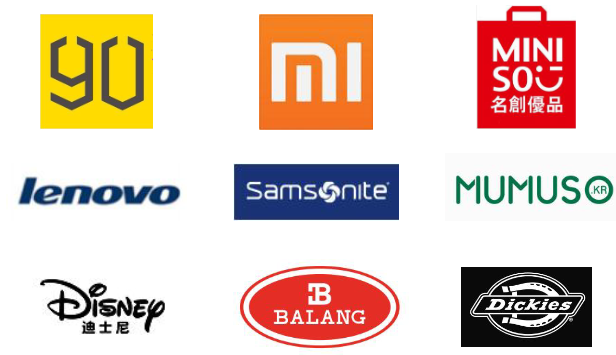A Complete Guide on Sourcing Strategy
Date: 2024-04-02 Categories: FAQ Hits: 429
It is very well known that the trade and business industry has taken a drastic shift in the authority they hold. There are different types of businesses emerging in all parts of the world. Increased growth in trading has led to practices that allow companies to optimally minimize their cost but at the same time empower them to deliver the best quality products to their customers.
This has led to the adoption of strategic sourcing of the products and it is benefitting the companies in many ways. The gradually rising strategic procurement is a new and assured way of benefitting the organization and the customers, because of which it is gaining quick momentum.
There are various agents who provide strategic sourcing facilities. In this article, we will brief you about the whats, whys, and hows of these strategic sourcing practices. Let’s go!
What is Strategic Sourcing in Supply Chain Management?

To start with, sourcing is a very essential step in the supply chain management of any business. It refers to importing products so that they can reach the concerned client. The client can be a manufacturer or a direct customer. Then, what is strategic sourcing?
Definition of Strategic Sourcing:
The strategic sourcing process is a step-by-step procedure of developing a proactive, precise, and continuous evaluation of the sourcing activities of any organization. The main aim of strategic sourcing is to be able to achieve the lowest total cost of ownership (TCO) along with minimal risk in the supply chain.
To state it in more understandable layman’s terms, it implies sourcing the products in a way that we are able to get hold of the best quality products at an affordable price.
Strategic sourcing views suppliers as a very important element in their business management. The organization’s relationship in this case with a supplier is not just one-way. Rather, it forms a loop, and this organization-supplier relationship is thoroughly and regularly assessed to ensure that the requirements of both of the parties are met properly.
As much as this sounds interesting and revolutionary, there is a lot of effort that goes into the process of strategic sourcing which includes steps like carrying out in-depth spend analysis, having a supplier evaluation, a well-developed supplier relationship management mechanism, and detailed market research.
It is a long process requiring skilled professionals and adequate platforms and tools for its proper implementation.
A strategic sourcing process can benefit an organization towards success in unfathomable ways.
Examples of Strategic Sourcing:
Let us first see some examples where strategic sourcing had a direct impact on the company growth:
Managing the environmental conditions and the logistics of the company by sourcing crops or products from the locations they are readily available, and having an easily accessible transportation facility.
Meeting the compliance and regulatory guidelines by choosing certified components during manufacturing/making a purchase.
Supporting business sustainability by sourcing goods that are sustainably grown and manufactured.
You can mitigate the geopolitical instability by diversifying your suppliers over a large geographical area, and for the suppliers supplying from relatively volatile areas, it is preferred to create contingency plans.
You can minimize the risks by closely monitoring the factors that play a vital role in the sourcing processes like product availability, quality, shipping, taxes, exchange rates, and further regulations.
Selecting high-quality and reputed product manufacturers for your new business.
Deciding upon a new software that can be used for customer relationship management for your business.
Why Strategic Sourcing is Important?

Now comes the most important part. Understanding the need for strategic sourcing at this point in time. We have already looked at what really is strategic sourcing and what are some of the examples of sourcing on business grounds.
But to be able to understand it completely, you need to know why strategic sourcing has become so important to us.
Strategic sourcing has played an important role in creating cost structure and a sense of competitiveness in the business world. They have also led to developing long-term partnerships with a selective group of suppliers that are able to deliver high-quality products at optimal costs. Some of the extended benefits of strategic sourcing are given below:
1.Cost Management
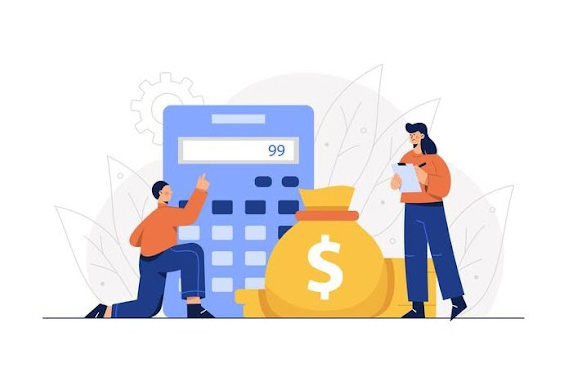
The primary and the most obvious benefit to the suppliers and buyers is that this sourcing model allows them to negotiate lower unit prices for high-volume purchases. This leads to a fair reduction in costs of goods sold, along with maintaining the ability to be competitive in the market.
It benefits the suppliers as they are able to sell a significant portion of their output, making their business planning easier and providing long-term cash-flow visibility.
Nowadays, sourcing is not limited to products, we can also source services strategically. For an easy example, a new start-up tech company can outsource its non-core activities like payroll processing, which would allow the team to focus back on core tech activities, like manufacturing, development, and marketing.
2.Maintaining Supply Stability

Strategic sourcing helps in building stable, longer-term supply relationships. For example, we know that the restaurants rely on their key suppliers for basic ingredients used in their dishes, such as meat, grains and cereals, vegetables, cheese, and spices. Any disruption in the quality or quantity of these ingredients can adversely affect the restaurant’s ability to serve its customers satisfactorily.
These close relationships can also result in gradual quality improvements in products and services over time since the suppliers and the customers can work together to detect the loopholes, measure defect rates, and identify the potential root causes in their functioning.
3.Effective Risk Management
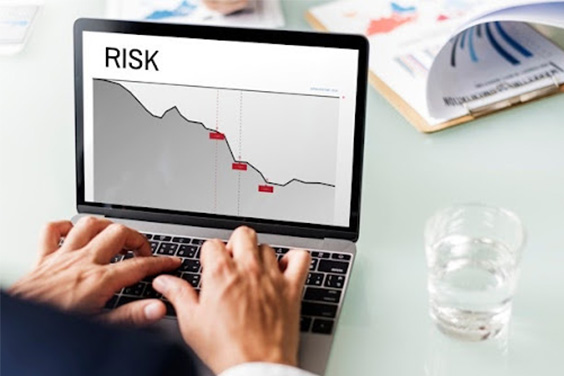
Managing risk is yet another benefit of adopting strategy sourcing. Suppose a strategic supplier is having some kind of cash-flow problems, if there are good supplier-buyer relationships, the main customer can trust it enough to advance some working capital for its smooth functioning.
If, in any case, the cash-flow problems are severe, the customers can look for alternative buyers or consider confronting the supplier regarding the same.
So, you see, this helps in managing risk-inducing situations in a better way.
4.Alignment of Resources
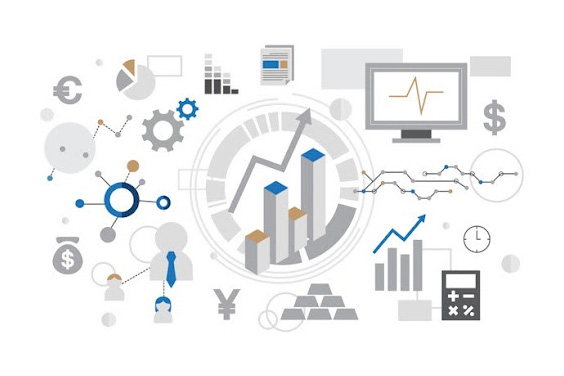
One of the most elementary objectives of strategic sourcing is the better alignment of sources with the business aims. This means that it allows the objectives of the client company or business to go hand in hand with the sources that have been procured, and hence allows the business to achieve higher performance with more efficiency and minimal risks.
This leads to an eventual and exponential growth of the businesses as a whole.
5.Optimization of Ideal Suppliers
Strategic sourcing also results in the optimization of the ideal suppliers. What does this really mean? It points to analyzing the suppliers, their profiles, past consignments, and core capabilities. Once this is done, a business can match its objectives with the capabilities of the suppliers and find the ideal suppliers. This implies a high-value creation at the lowest possible cost.
6-Step Strategic Sourcing Processes

Now that we have understood the meaning and the significance of sourcing processes, let us see the designing part too. To implement all that we talked about above, we will have to go through a 7 step strategic sourcing process.
There are many China sourcing agents who provide a good insight into these steps so that sourcing becomes an easier task for you to handle.
1. Identifying & Categorising Spend Profiles
Starting with the identification of the potential spend areas across all outlets and departments of our parent organization, this 7-step strategic sourcing process is a long and a very essential part of any strategic sourcing environment. We are required to categorize our spend areas in a way that allows us to prioritize our tasks and areas we need to work on. The categorization should be on the basis of how critical or non critical our spend area is.
What fraction of the spend area is impacting the organization. This categorization will help you prioritize the sourcing activities for each spending area. If required, you can create other categorization criteria that you think may better suit the business requirements. In such cases, make sure to do a risk analysis of the chosen spend categories to help prioritize and develop the strategies.
2. Building a Sourcing Strategy
The second step includes building a strategy on how to approach each categorized spend area. This involves identifying the requirements of the business units, identifying spending and defining goals, objectives, and corresponding timelines that would be necessary to fulfill the requirements. This also leads to the necessity of building a proper communication workflow so that all stakeholders concerning the respective sourcing projects have a clear idea of upcoming updates.
3. Analyzing the Supplier Market
The third step is to execute an in-depth analysis of the current and future suppliers to be able to understand and evaluate relevant supplier profiles. This includes analyzing the revenue and the market share of suppliers to get their market standing and industrial performance in a long run along with the risks and opportunities surrounding the supplier market of various suppliers.
4. Requesting for Suppliers & Identifying Selection Criteria
The next important step is analyzing the supplier market and researching their work culture. After this step, you can demand a request for information (RFI), a request for proposal (RFP), and a request for quote (RFQ) from the suppliers. As a client organization, it is essentially your duty to communicate the precisely exact requirements of your organization and brief the suppliers with the outcomes you expect at the end. Every client has a benchmark performance, and in order for them to reach that benchmark, your performance expectations should be very clear to the suppliers. This step is also important because it provides a pathway to follow for the next steps, and enables us to develop required strategies to fulfill the business’s objectives.
Why is this information necessary, you ask? It is because this information gives us direct insights into elements like the cost structure, delivery and quality warranty provided by the supplier, product and service specifications for the products we purchase. After the submitted data is collected and revised, the selection criteria are identified for supplier selection.
5. Selecting the Final Suppliers & Executing Out Contracting Process
This brings us to the following step. Once we have finalized the criteria of selection for suppliers, we can go on to choose the most suitable ones whose past workflow matches with our desirable methods of working. We have to choose the supplier who not only fulfills the criteria we have framed but also offers the highest possible cost savings along with good Quality. After supplier selection for the relevant spend areas, we can start inciting the suppliers on board.
6. Measurement & Periodic Tracking of Supplier Information
The process of strategic sourcing hasn’t ended yet at choosing a supplier. Our next step should be to effectively measure how easily suppliers can perform with regard to the requirements, and objectives put forth by the organization. Using this, we will be able to see how efficiently the workflow of the supplier works.
It is important to engage in periodic review & tracking of supplier performance and identify the scope for improvement so that the overall outcome is up to our expectations. This can also significantly help organizations understand supplier risks, capabilities, and design strategies to mitigate all possible supply chain redundancies.
7. Implementation of Supplier Relationship Management
The last step of this process is factoring Supplier Relationship Management (SRM) which makes the relationship between the organization and suppliers a recurring loop instead of a one-way terminating process.
SRM is meant to enhance the level of collaboration and coordination between the client organization and its supplier’s team. This is preferably done by transforming a usual customer-buyer relationship into a strategically crafted and valued life-long partnership. Both the parties participate in building propositions, proposing new ideas, and coming up with innovative strategies that are likely to optimize the sourcing needs of the organization while delivering the best of quality.
The relationships arising often turn out to be long-term and can be leveraged to further improve supplier performance.
Conclusion
In this article, we saw the importance of strategic sourcing and a detailed 7-step sourcing process which involves all the steps from analysis to market research to developing strategies to communicate about the requirements. If you are wondering how to source from China? Or if you can strategically source your products from China? Or if there are any relevant China sourcing services that can help you with this, MatchSourcing is just the best choice for you. You can contact MatchSourcing for all your sourcing needs.



